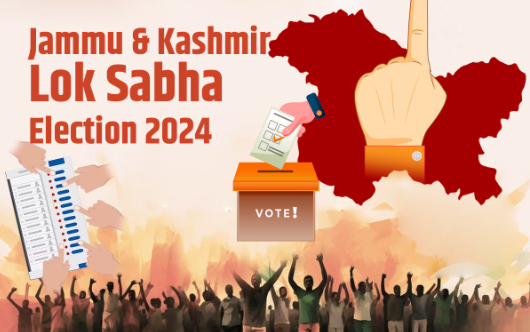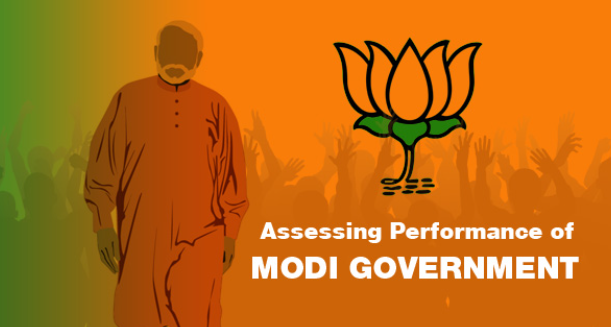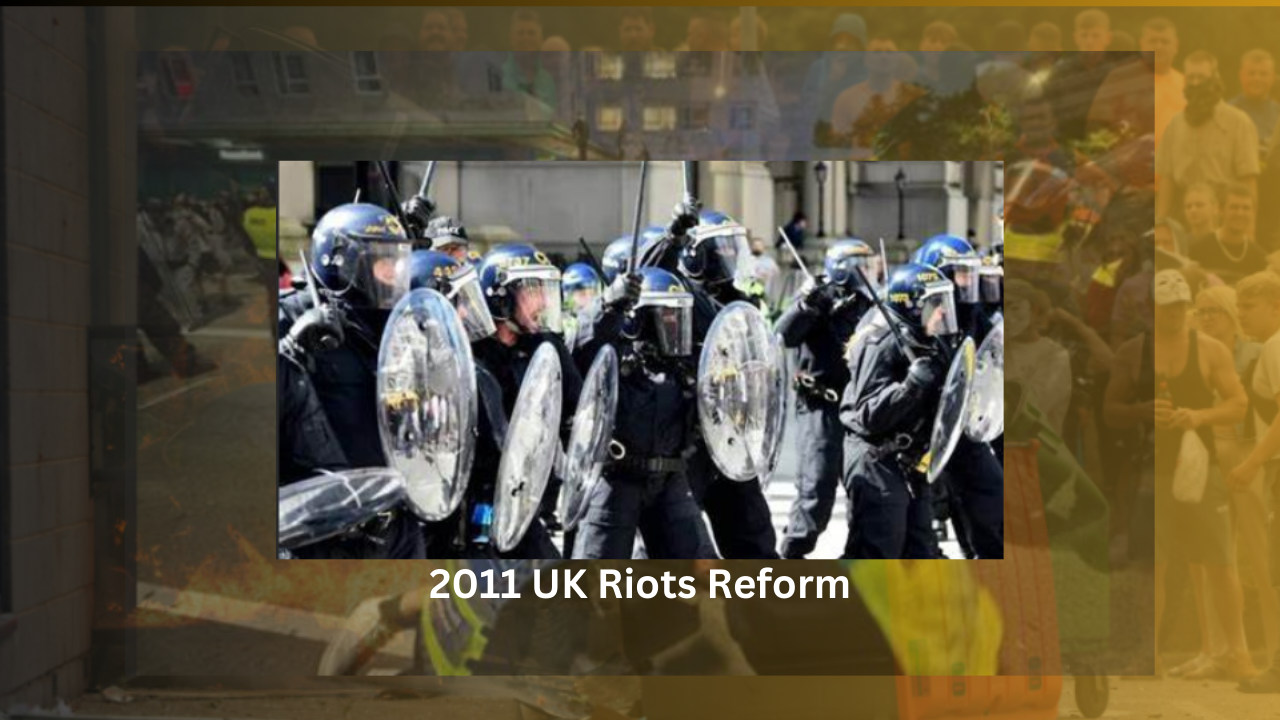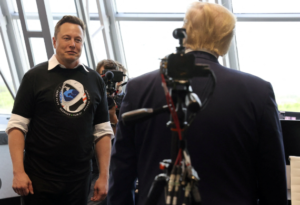Jammu and Kashmir elections
A voter turnout of 61.13% was recorded during the initial phase of polling for the Jammu and Kashmir assembly elections, which took place across 24 constituencies in 7 districts.

On Wednesday, September 25, voters in 26 assembly constituencies spanning six districts within the Union Territory of Jammu and Kashmir will participate in phase 2 of the assembly elections, determining the future of 239 candidates.
Polling commenced at 7 am and is scheduled to conclude by 6 pm, with more than 2.5 million voters expected to participate across six districts—three located in the Kashmir Valley and three in the Jammu division. This marks the inaugural assembly election in the tumultuous region since the revocation of its special status and statehood five years prior.
1. The second phase of the Jammu and Kashmir assembly election has received a score of zero points. Security measures have been enhanced throughout all regions to guarantee a peaceful electoral process. Numerous assembly constituencies are situated along the Line of Control (LoC) with Pakistan, and officials anticipate a reduced likelihood of cross-border shelling owing to the current ceasefire between India and its neighboring country.
Among the six districts, Reasi, Rajouri, and Poonch have experienced consecutive terrorist attacks over the past three years.
The eleven seats in the hill districts have experienced significant volatility, marked by more than a dozen terrorist attacks since 2021, the most recent of which was the violent assault on a pilgrimage bus in Reasi.
The 26 constituencies designated for the election of their new Members of the Legislative Assembly (MLAs) include: Kangan (ST), Ganderbal, Hazratbal, Khanyar, Habbakadal, Lal Chowk, Channapora, Zadibal, Eidgah, Central Shalteng, Budgam, Beerwah, Khansahib, Chrar-i-Sharief, Chadoora, Gulabgarh (ST), Reasi, Shri Mata Vaishno Devi, Kalakote – Sunderbani, Nowshera, Rajouri (ST), Budhal (ST), Thannamandi (ST), Surankote (ST), Poonch Haveli, and Mendhar (ST).
Key contenders in the second phase include former Chief Minister Omar Abdullah, BJP J&K President Ravinder Raina, and JKPCC President Tariq Hamid Karra.
Omar Abdullah is running for election in two assembly constituencies: Ganderbal and Budgam, whereas Karra is standing for election in Central Shalteng. Ravinder Raina, the J&K BJP chief, is contesting from Nowshera in Rajouri, a constituency he has represented since 2014.

The candidate with the highest net worth is Altaf Bukhari, the leader of the J&K Apni Party, whose assets surpass ₹165 crore. He is running for election from the Channapora constituency in Srinagar, where he will compete against Mohammed Iqbal Trumboo of the PDP, Mushtaq Guroo from the National Conference, and Hilal Ahmad Wani representing the BJP.
The campaign discussions predominantly focused on issues such as terrorism, the repeal of Article 370, the restoration of statehood, and the revival of dialogue with Pakistan regarding the Kashmir conflict.
Remarks made by Pakistan’s Defence Minister Khawaja Asif concerning Article 370 and the alliance between Congress and the National Conference provided the BJP with new opportunities to criticize the coalition, alleging that they share a common stance with the neighboring nation.
To highlight the democratic transition in Jammu and Kashmir, the Government of India has extended an invitation to a group of foreign diplomats to visit the Union Territory and observe the polling process firsthand.
Share this content:














Post Comment